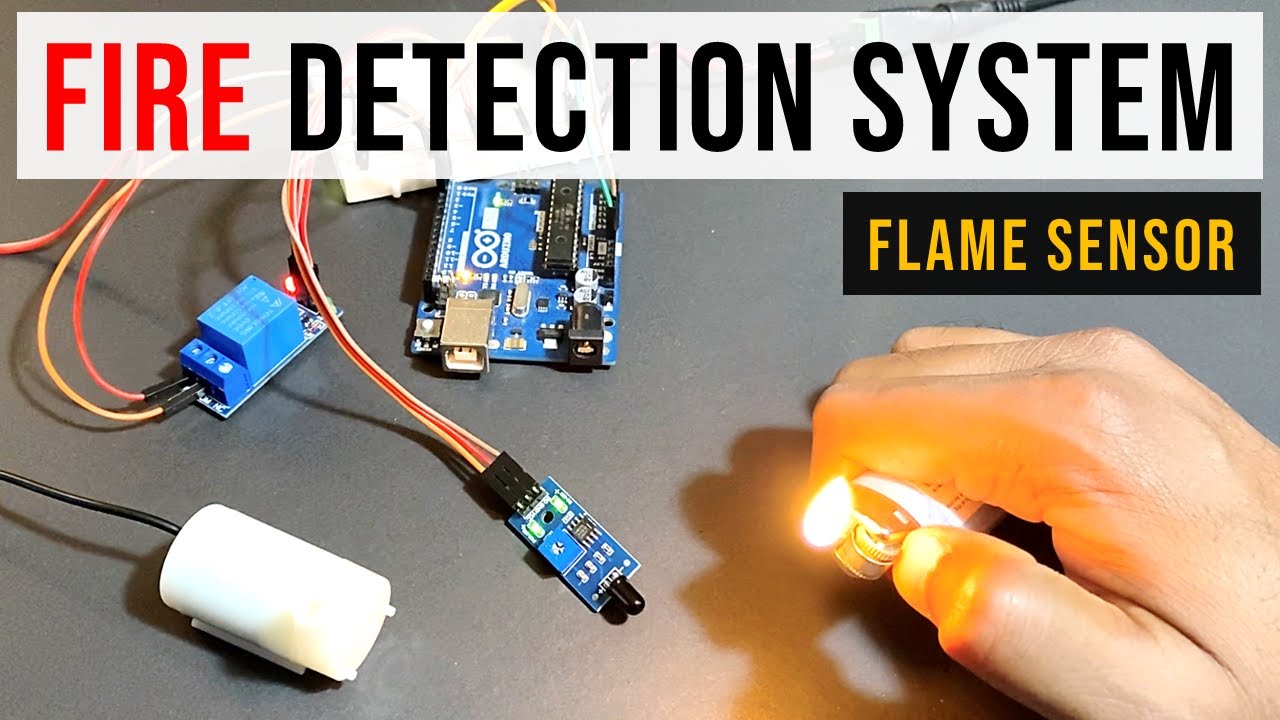
How to Use a Flame Sensor for Fire Detection?
Flame sensors are crucial components in fire detection systems, providing an extra layer of security by detecting flames or fires in their early stages. These sensors are commonly used in industrial settings, such as factories, warehouses, and manufacturing plants, where the risk of fire hazards is higher. In this article, we will discuss how to effectively utilize a flame sensor for fire detection purposes.
Understanding Flame Sensors
Flame sensors work by detecting the presence of infrared radiation emitted by flames. When a fire breaks out, the sensor detects the unique infrared signature of the flame and triggers an alarm or alert to notify individuals of the potential fire hazard. This early detection is crucial in preventing fires from spreading and causing extensive damage.
- Installing the Flame Sensor
- Calibrating the Sensor
- Testing the Sensor
Installing the Flame Sensor
Before installing the flame sensor, it is essential to identify the optimal location for maximum coverage and efficiency. The sensor should be placed in areas where fires are more likely to occur, such as near flammable materials or equipment. Once the location is determined, follow the manufacturer’s instructions to securely mount the sensor in place.
Calibrating the Sensor
After installing the flame sensor, calibration is necessary to ensure accurate detection of flames. This process involves adjusting the sensitivity and threshold levels of the sensor to detect flames effectively while minimizing false alarms. Consult the sensor’s manual for specific calibration instructions and follow them carefully to optimize the sensor’s performance.
Testing the Sensor
Once the flame sensor is installed and calibrated, it is essential to conduct regular testing to verify its functionality. Test the sensor by generating a controlled flame or heat source near the sensor and observe if it triggers an alarm or alert. If the sensor fails to detect the flame, recheck the installation and calibration settings to ensure proper functioning.
Maintaining the Flame Sensor
Regular maintenance of the flame sensor is crucial to ensure long-term reliability and performance. Inspect the sensor periodically for any signs of damage, corrosion, or contamination that may affect its detection capabilities. Clean the sensor gently with a soft, dry cloth to remove any dirt or debris that could interfere with its operation.
Conclusion
Flame sensors play a vital role in fire detection systems, providing early warning of potential fire hazards and helping to prevent catastrophic events. By understanding how to install, calibrate, test, and maintain a flame sensor effectively, you can enhance the safety and security of your premises. Stay vigilant, follow best practices, and prioritize fire safety to protect lives and property.
Was this helpful?
0 / 0